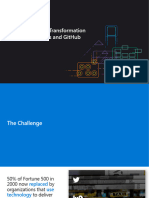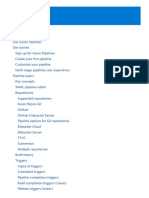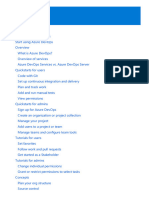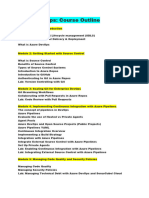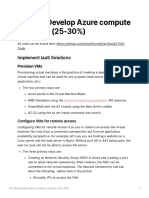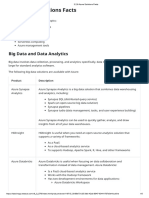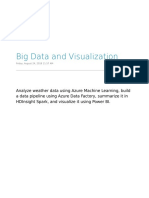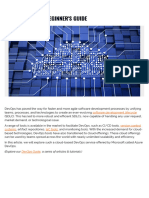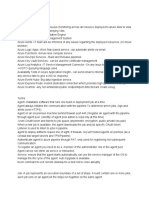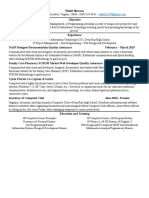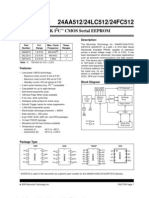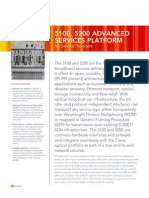0% found this document useful (0 votes)
19 views16 pagesDevOps 05 Fearless Options
The document outlines various methods for migrating data from third-party sources to Azure, including Microsoft-specific tools, third-party migration tools, and open-source solutions. It details specific migration tools for different types of data such as work items, repositories, pipelines, test cases, and artifacts. The choice of migration method depends on the complexity of the data and the desired level of automation.
Uploaded by
dhanushmahadevswamyCopyright
© © All Rights Reserved
We take content rights seriously. If you suspect this is your content, claim it here.
Available Formats
Download as PPTX, PDF, TXT or read online on Scribd
0% found this document useful (0 votes)
19 views16 pagesDevOps 05 Fearless Options
The document outlines various methods for migrating data from third-party sources to Azure, including Microsoft-specific tools, third-party migration tools, and open-source solutions. It details specific migration tools for different types of data such as work items, repositories, pipelines, test cases, and artifacts. The choice of migration method depends on the complexity of the data and the desired level of automation.
Uploaded by
dhanushmahadevswamyCopyright
© © All Rights Reserved
We take content rights seriously. If you suspect this is your content, claim it here.
Available Formats
Download as PPTX, PDF, TXT or read online on Scribd
/ 16








